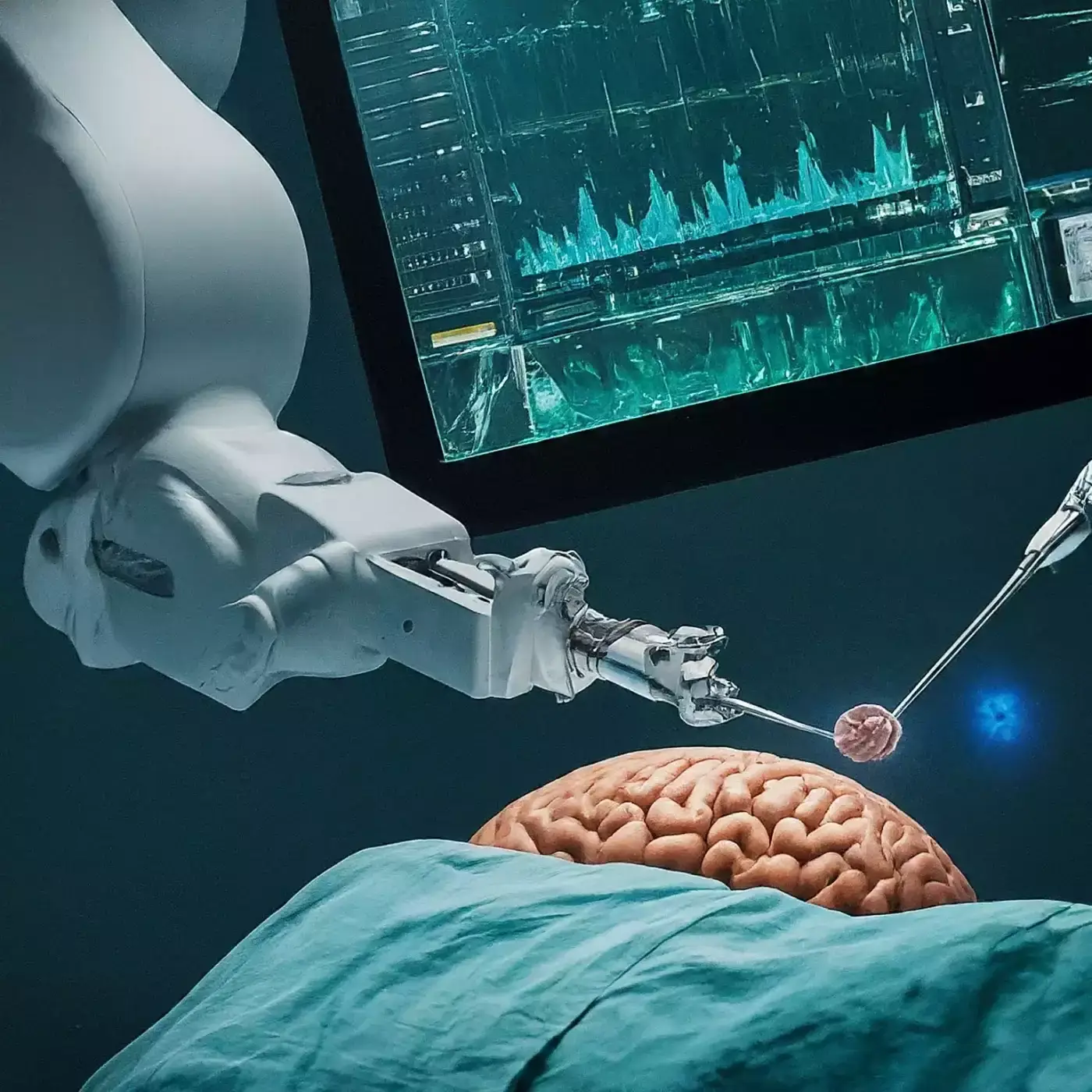A recent breakthrough in neurosurgery has been achieved at Dr. Rao’s Hospital in Guntur, India, where a team of skilled surgeons successfully performed a minimally invasive brain surgery using the innovative BrainPath technology. This landmark procedure marks a significant milestone in the field of neurosurgery, as it introduces a cutting-edge surgical technique to India, paving the way for safer and more effective treatment options for patients with brain lesions.
The importance of minimally invasive surgery cannot be overstated. By utilizing smaller incisions, this approach significantly reduces trauma to surrounding brain tissues, minimizes blood loss, and shortens hospital stays, leading to faster recovery times for patients. The integration of advanced technologies like neuromonitoring and neuronavigation further ensures the precision and safety of the surgery, making it a game-changer in the treatment of complex neurological conditions.
The successful implementation of BrainPath technology at Dr. Rao’s Hospital is a testament to the hospital’s commitment to embracing innovation and providing the highest quality of care in neurology and neurosurgery. It marks a new era in medical treatment, offering hope to countless individuals seeking less invasive and more effective solutions for their neurological issues.
What is BrainPath?
The NICO BrainPath device is a groundbreaking tool in minimally invasive neurosurgery, designed specifically to provide safe and precise access to deep-seated brain lesions. Unlike traditional neurosurgical methods, the BrainPath device employs a tubular retraction system that creates a narrow pathway through the brain tissue, minimizing disruption to the surrounding areas. This approach allows surgeons to perform delicate procedures with greater accuracy and less risk of collateral damage.
![]()
Source: NICO Euro
The Mechanics of BrainPath Technology
- Surgical Navigation: BrainPath technology utilizes advanced surgical navigation and imaging techniques to accurately plan and guide the path to the targeted lesion. This ensures precise placement of the BrainPath sheath, minimizing the risk of damaging critical brain structures.
- Tubular Retraction System: The BrainPath sheath is a tubular retraction system that creates a corridor through the brain tissue. This pathway allows for the safe passage of surgical instruments and provides a clear view of the surgical field.
- Minimally Invasive Approach: Unlike traditional craniotomies, which require large incisions and removal of a portion of the skull, BrainPath technology requires only a small incision and a narrow opening in the skull. This minimally invasive approach reduces trauma to the brain and surrounding tissues.
![]()
Source: NICO Euro
Advantages of BrainPath Technology
- Reduced Risk of Complications: By minimizing disruption to healthy brain tissue, BrainPath technology lowers the risk of postoperative complications, such as neurological deficits and infections.
- Shorter Recovery Times: Patients undergoing surgery with BrainPath technology typically experience shorter hospital stays and faster recovery times compared to those undergoing traditional open surgery.
- Improved Surgical Outcomes: The precision and safety of BrainPath technology have been shown to improve surgical outcomes for patients with brain tumors, intracerebral hemorrhages, and other deep-seated brain lesions.
BrainPath is a game-changer in neurosurgery, offering a safer, more precise, and less invasive approach to treating complex brain conditions. Its ability to provide direct access to deep-seated lesions while preserving surrounding brain tissue has made it an invaluable tool in the neurosurgeon’s arsenal.
Expanding the Horizons of Neurosurgery
BrainPath technology has significantly broadened the scope of neurosurgery by enabling safe and precise access to deep-seated brain lesions. This minimally invasive approach is being used to treat a wide range of neurological conditions, including:
- Brain Tumors: BrainPath allows for the removal of both primary and secondary tumors situated in challenging locations within the brain.
- Intracerebral Hemorrhages: The technology is effective in managing hemorrhagic strokes and blood clots, reducing the risks associated with traditional surgical methods.
- Traumatic Brain Injury: BrainPath can be used to address hemorrhages resulting from traumatic brain injuries, offering a safer alternative to conventional surgery.
The unique design of the BrainPath device enables neurosurgeons to navigate through the natural folds and structures of the brain, much like a boat moving through water, without cutting or damaging the surrounding tissue. This precision, combined with advanced imaging and navigation systems, has opened up new possibilities for treating previously inoperable conditions.
The adoption of BrainPath technology is growing worldwide, with its use now extending beyond the United States to countries like the United Kingdom. King’s College Hospital in London, for example, has begun utilizing BrainPath technology, marking a significant step in the global recognition of this minimally invasive neurosurgical approach. The technology’s ability to provide non-disruptive access and improved visualization of lesions in the brain’s subcortical area has made it an increasingly popular choice among neurosurgeons globally. Its minimally invasive approach, combined with its compatibility with other advanced technologies, is setting new standards in neurosurgical care.
The Future of BrainPath
Research and development efforts are ongoing to enhance the capabilities of BrainPath technology. One potential area of innovation is the integration of artificial intelligence (AI) to improve surgical planning and navigation. AI could provide surgeons with real-time data analysis and decision support, potentially increasing the precision and safety of BrainPath procedures. Although specific details on the integration of AI with BrainPath technology are not currently available, the general trend in medical technology suggests that AI could play a significant role in the future development of neurosurgical tools.
The advent of BrainPath technology is also influencing the training and education of neurosurgeons. As more institutions adopt BrainPath and similar minimally invasive techniques, neurosurgical training programs are adapting to prepare the next generation of medical professionals for this new era of surgery. This training includes a focus on the trans-sulcal surgical approach used by BrainPath to access primary and secondary brain tumors, intraventricular tumors and cysts, and vascular abnormalities that cause intracerebral hemorrhage. As the technology continues to evolve, training programs will likely incorporate advanced imaging, navigation systems, and potentially AI to ensure that neurosurgeons are equipped with the skills and knowledge needed to effectively utilize these tools.
The future of BrainPath technology looks promising, with ongoing innovation and development aimed at enhancing its capabilities and integrating new technologies such as AI. Additionally, the impact on neurosurgical training is significant, as education programs adapt to prepare surgeons for the minimally invasive approaches that BrainPath and similar technologies enable.
____________
Written by: TEChquity India





